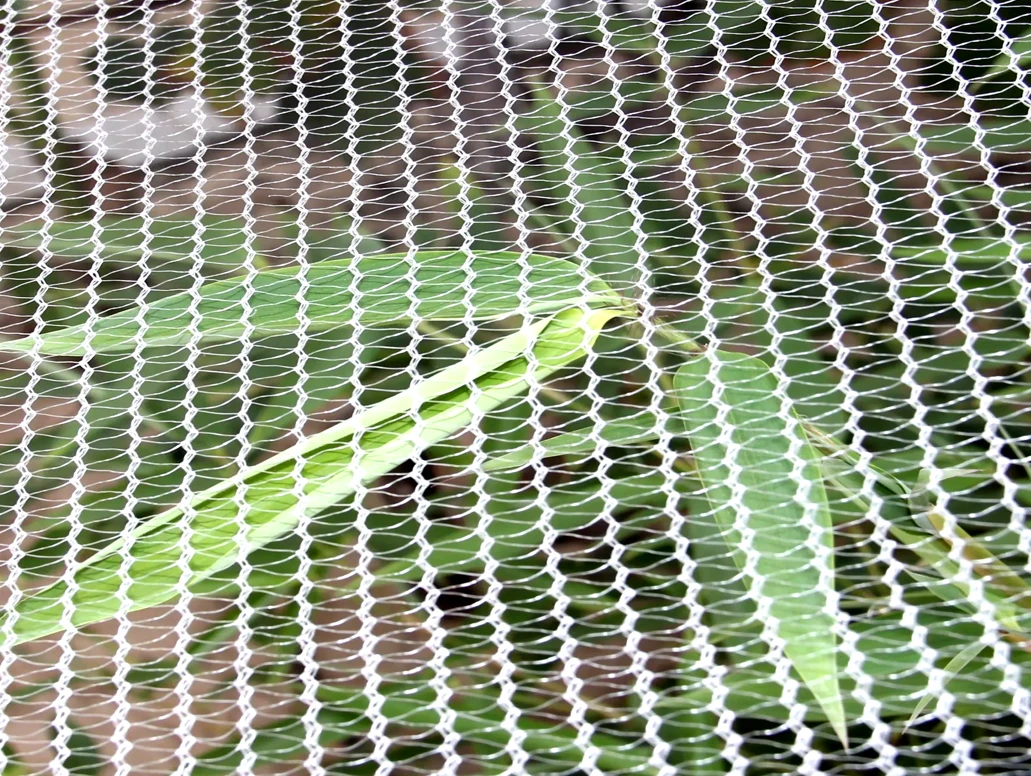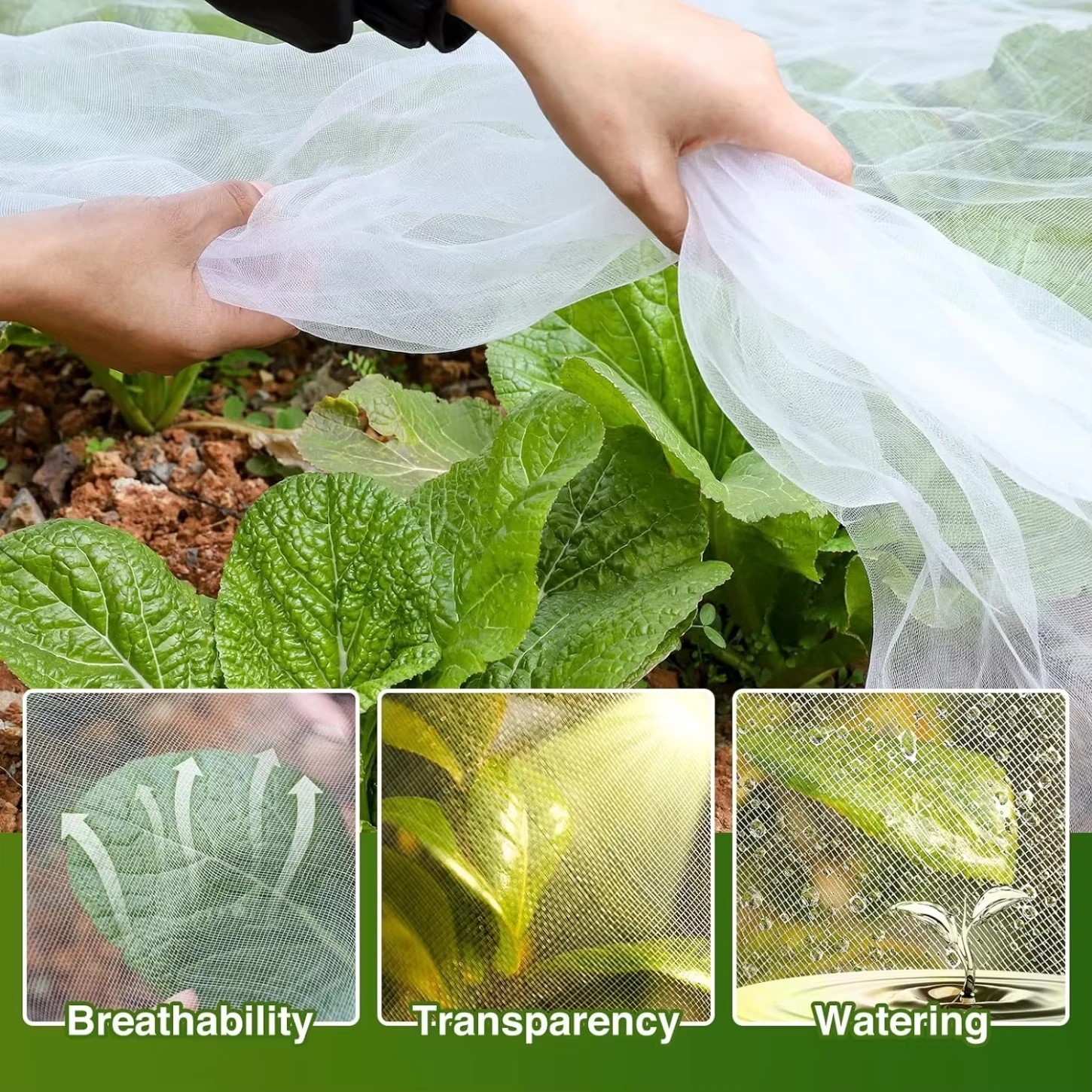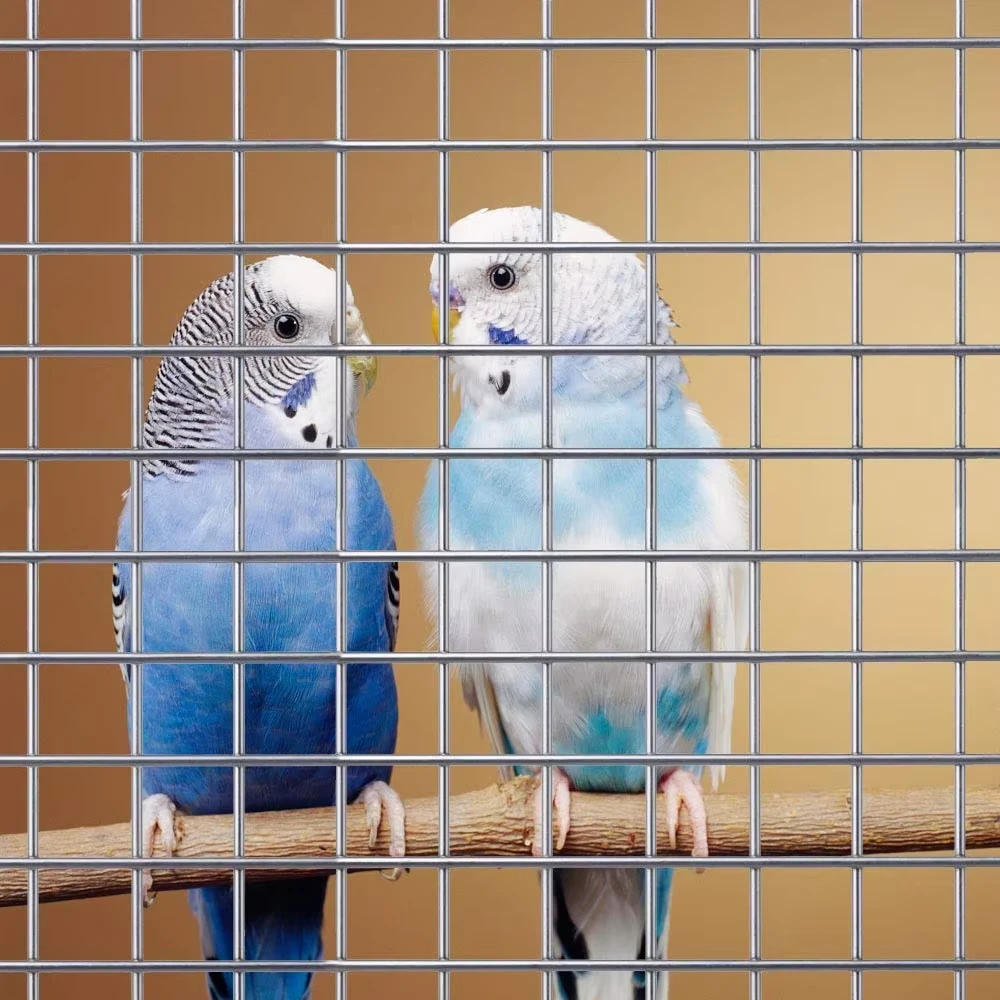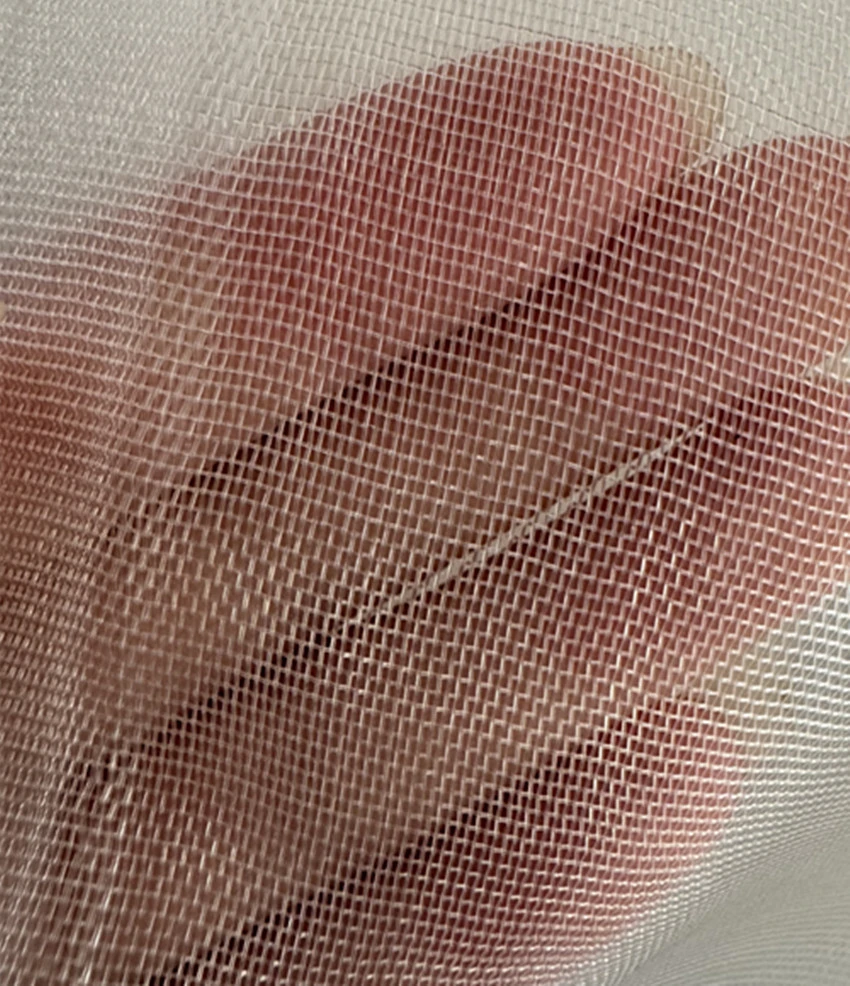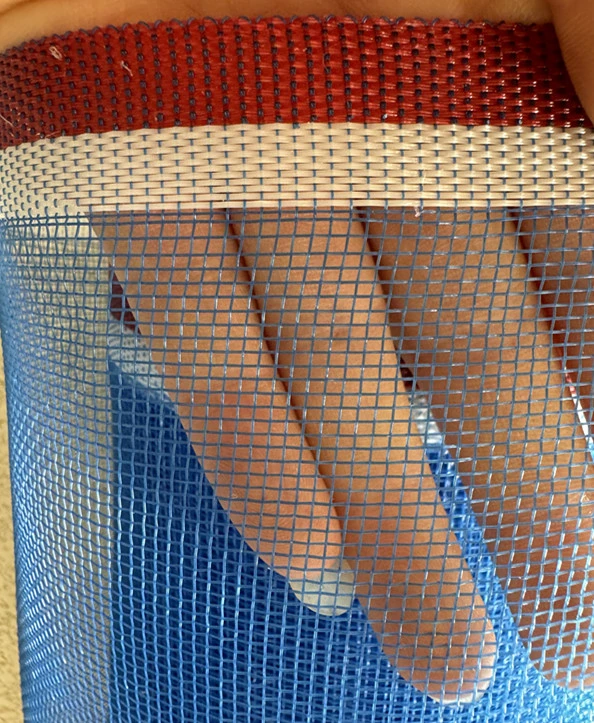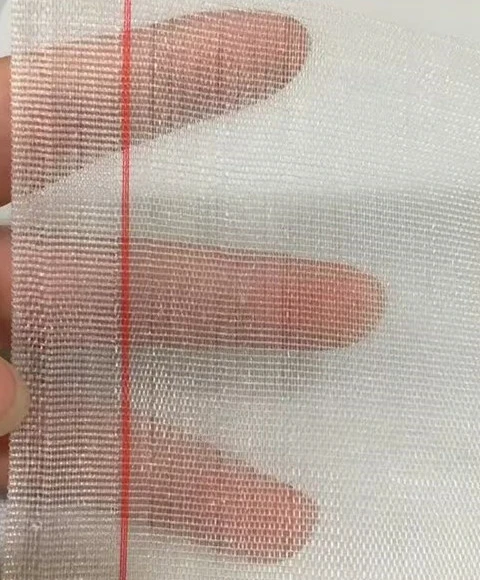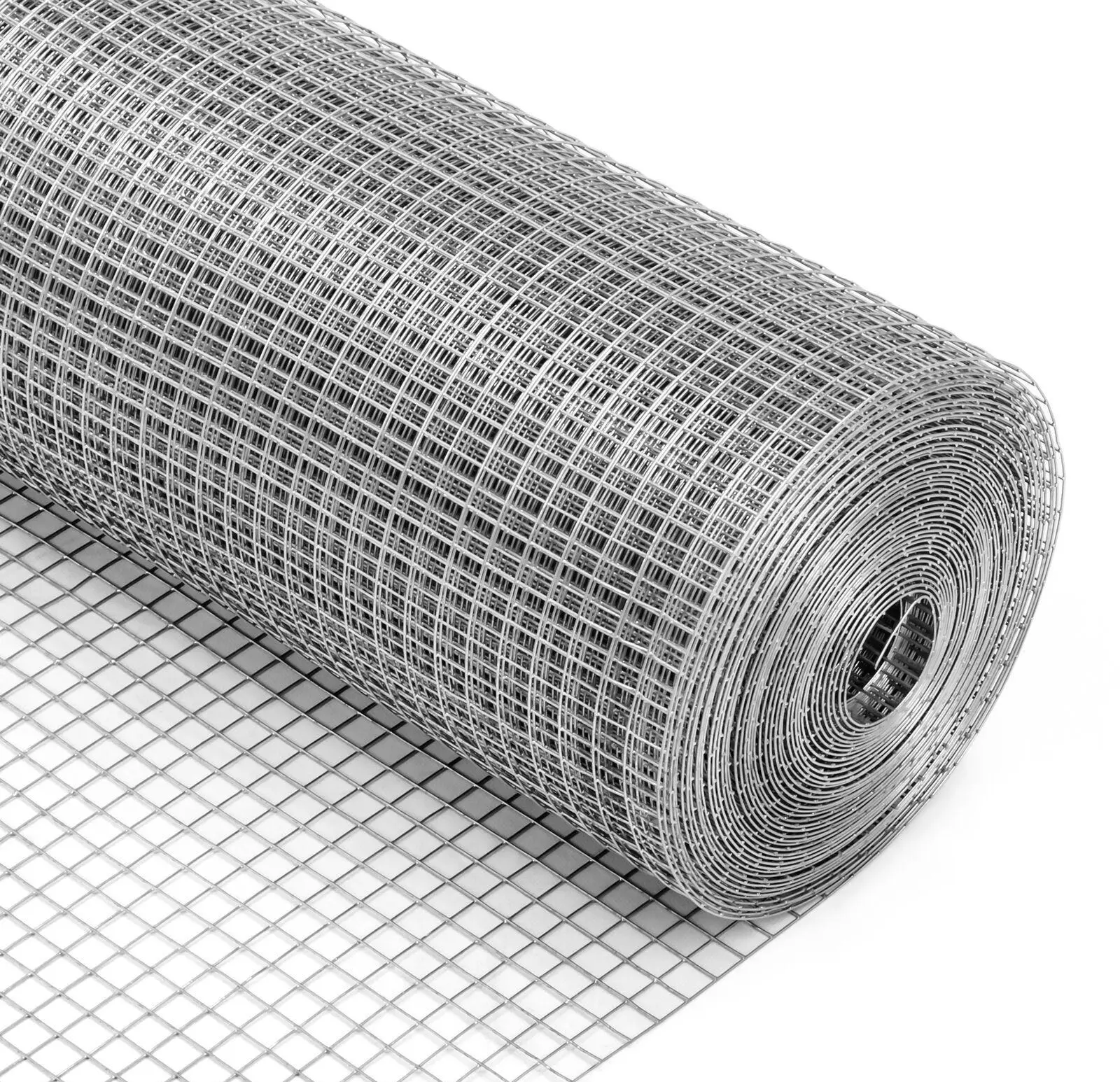-
 Afrikaans
Afrikaans -
 Albanian
Albanian -
 Amharic
Amharic -
 Arabic
Arabic -
 Armenian
Armenian -
 Azerbaijani
Azerbaijani -
 Basque
Basque -
 Belarusian
Belarusian -
 Bengali
Bengali -
 Bosnian
Bosnian -
 Bulgarian
Bulgarian -
 Catalan
Catalan -
 Cebuano
Cebuano -
 China
China -
 Corsican
Corsican -
 Croatian
Croatian -
 Czech
Czech -
 Danish
Danish -
 Dutch
Dutch -
 English
English -
 Esperanto
Esperanto -
 Estonian
Estonian -
 Finnish
Finnish -
 French
French -
 Frisian
Frisian -
 Galician
Galician -
 Georgian
Georgian -
 German
German -
 Greek
Greek -
 Gujarati
Gujarati -
 Haitian Creole
Haitian Creole -
 hausa
hausa -
 hawaiian
hawaiian -
 Hebrew
Hebrew -
 Hindi
Hindi -
 Miao
Miao -
 Hungarian
Hungarian -
 Icelandic
Icelandic -
 igbo
igbo -
 Indonesian
Indonesian -
 irish
irish -
 Italian
Italian -
 Japanese
Japanese -
 Javanese
Javanese -
 Kannada
Kannada -
 kazakh
kazakh -
 Khmer
Khmer -
 Rwandese
Rwandese -
 Korean
Korean -
 Kurdish
Kurdish -
 Kyrgyz
Kyrgyz -
 Lao
Lao -
 Latin
Latin -
 Latvian
Latvian -
 Lithuanian
Lithuanian -
 Luxembourgish
Luxembourgish -
 Macedonian
Macedonian -
 Malgashi
Malgashi -
 Malay
Malay -
 Malayalam
Malayalam -
 Maltese
Maltese -
 Maori
Maori -
 Marathi
Marathi -
 Mongolian
Mongolian -
 Myanmar
Myanmar -
 Nepali
Nepali -
 Norwegian
Norwegian -
 Norwegian
Norwegian -
 Occitan
Occitan -
 Pashto
Pashto -
 Persian
Persian -
 Polish
Polish -
 Portuguese
Portuguese -
 Punjabi
Punjabi -
 Romanian
Romanian -
 Russian
Russian -
 Samoan
Samoan -
 Scottish Gaelic
Scottish Gaelic -
 Serbian
Serbian -
 Sesotho
Sesotho -
 Shona
Shona -
 Sindhi
Sindhi -
 Sinhala
Sinhala -
 Slovak
Slovak -
 Slovenian
Slovenian -
 Somali
Somali -
 Spanish
Spanish -
 Sundanese
Sundanese -
 Swahili
Swahili -
 Swedish
Swedish -
 Tagalog
Tagalog -
 Tajik
Tajik -
 Tamil
Tamil -
 Tatar
Tatar -
 Telugu
Telugu -
 Thai
Thai -
 Turkish
Turkish -
 Turkmen
Turkmen -
 Ukrainian
Ukrainian -
 Urdu
Urdu -
 Uighur
Uighur -
 Uzbek
Uzbek -
 Vietnamese
Vietnamese -
 Welsh
Welsh -
 Bantu
Bantu -
 Yiddish
Yiddish -
 Yoruba
Yoruba -
 Zulu
Zulu
Use of Insect Proof Net
Insect proof netting is a kind of net structure made of high-density polyethylene (HDPE) or other high-performance materials. Its main function is to prevent pests from entering farmland and protect crops from infringement. This paper will analyze the importance and development potential of this kind of agricultural facilities in detail from the aspects of the principle, types, application methods, advantages and disadvantages, application cases and future development direction of insect proof nettings.

Main Functions of Insect Proof Net
- Prevention of pests: Insect proof nettings can physically prevent pests such as aphids, thrips, whiteflies, etc. from entering farmland to avoid direct damage to crops.
- Reduce the spread of diseases: Many plant diseases are spread by insects, for example, viral diseases are spread by aphids or leafhoppers, and vermin proof meshes can cut off the transmission route.
- Improve microclimate: The environment in the network is relatively stable, which can reduce the damage to crops caused by extreme weather such as wind, strong light or rainstorm.
- Reduce the use of pesticides: through the protection of insect proof nets, the use of pesticides is greatly reduced, which is conducive to the production of green organic agricultural products.
How to Use Insect Proof Netting
Installation mode
Insect proof nettings can be used in the form of covering, building greenhouses or fences, and the specific methods depend on crop species and planting scale:
Covering type: The insect proof mesh is directly covered on the surface of crops, and the surrounding is pressed with soil or stones, which is suitable for low crops such as melons and fruits.
Shelf-type: Build a bracket and cover the vermin proof mesh on the bracket, which is suitable for tall crops or large-scale planting.
Fence type: Build insect proof mesh fence around farmland to prevent pests from invading from the outside, which is suitable for open farms.
Matters need attention
Regular inspection: Broken or loose mesh will reduce the protection effect and need to be repaired or replaced in time.
Reasonable mesh selection: Select the appropriate mesh size according to the species of target pests to avoid the failure of protection caused by too large mesh.
Keep it clean: If there is dust and impurities on the surface of insect proof netting, it will affect ventilation and light, so it needs to be cleaned regularly.
Advantages and Disadvantages of Insect Proof Net
Advantage
- Environmental protection and high efficiency: the physical barrier is used to prevent pests from invading, and pesticides are not needed, which is environmentally friendly.
- Low cost: Although the initial investment is high, long-term use can reduce the cost of pesticides and economic losses caused by pests and diseases.
- Improve product quality: reducing pesticide residues will help to produce green organic food and enhance the added value of products.
- Extend the growth cycle: improve the microclimate environment to make the crop growth cycle more stable and yield higher.
Disadvantage
- Impact on airflow and light: Some insect proof nettings with too dense mesh may lead to poor ventilation or insufficient light.
- Installation and maintenance need extra manpower: Insect proof nettings need regular inspection and cleaning, which increases the manpower input.
- Limited durability of materials: Although high-quality insect proof meshes have a long service life, they may gradually age when exposed to strong light and bad weather.
Insect proof netting, as an economical, environmental-friendly and efficient means of pest control, has a wide application prospect in modern agricultural production. It can not only improve the yield and quality of crops, but also reduce the use of pesticides and protect the ecological environment. Although there are still some limitations and challenges, these problems will be solved step by step through technological innovation and scientific management.
-
Anti Hail Net | UV-Stable, High-Strength Orchard ShieldNewsNov.17,2025
-
Anti Bird Netting – UV-Stable, Durable, Humane ProtectionNewsNov.17,2025
-
Welded Wire - Durable, Rust-Resistant Mesh, Custom SizesNewsNov.17,2025
-
Garden Mesh Sun Shade – UV-Resistant, Durable, Custom SizesNewsNov.17,2025
-
Bird in Net Solution: Humane, UV-Resistant Bird NettingNewsNov.17,2025
-
Stainless Steel Filters: Durable, Washable, High-FlowNewsNov.10,2025




